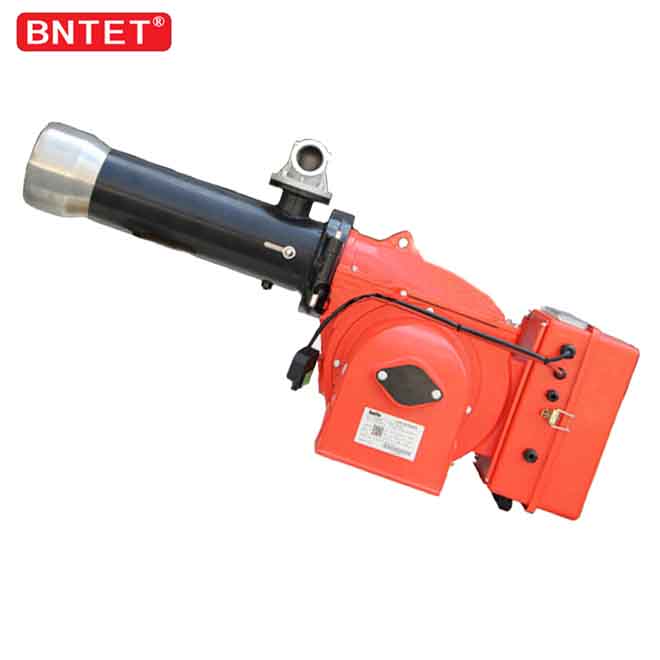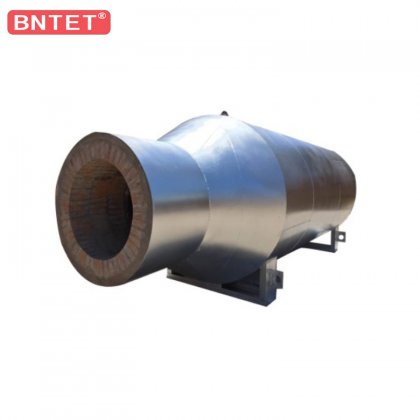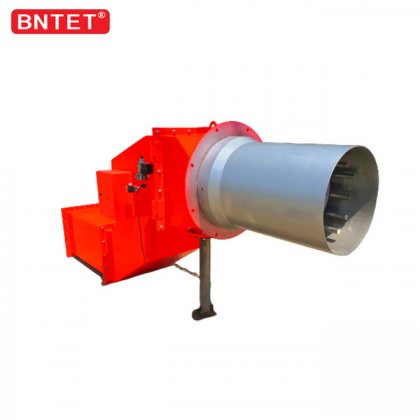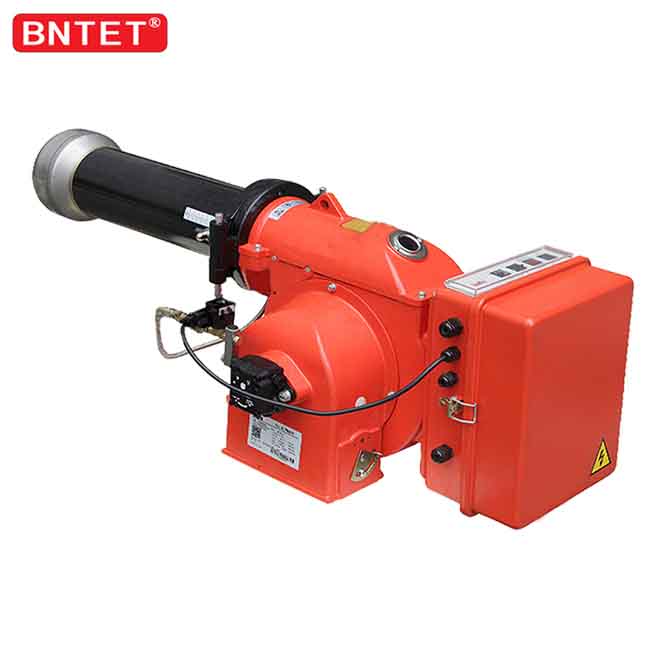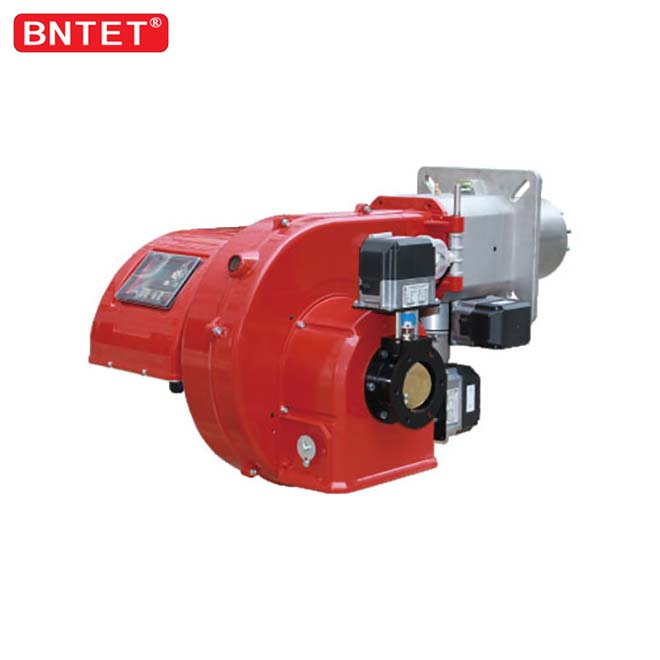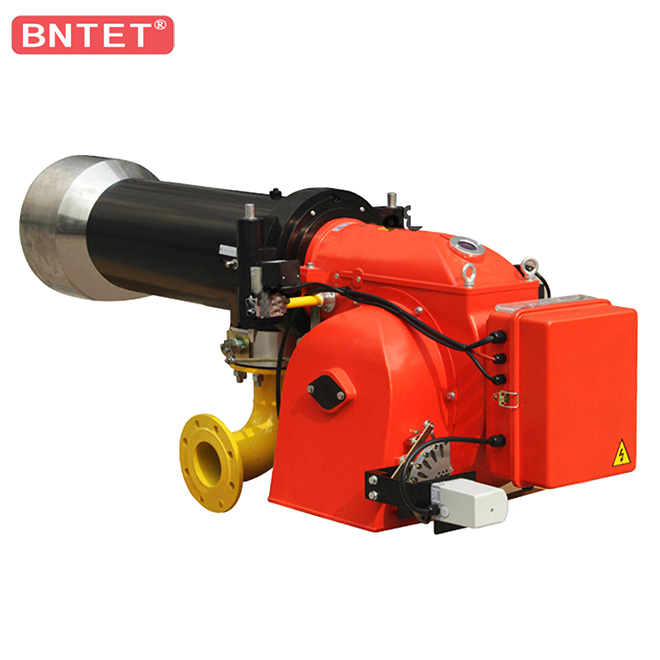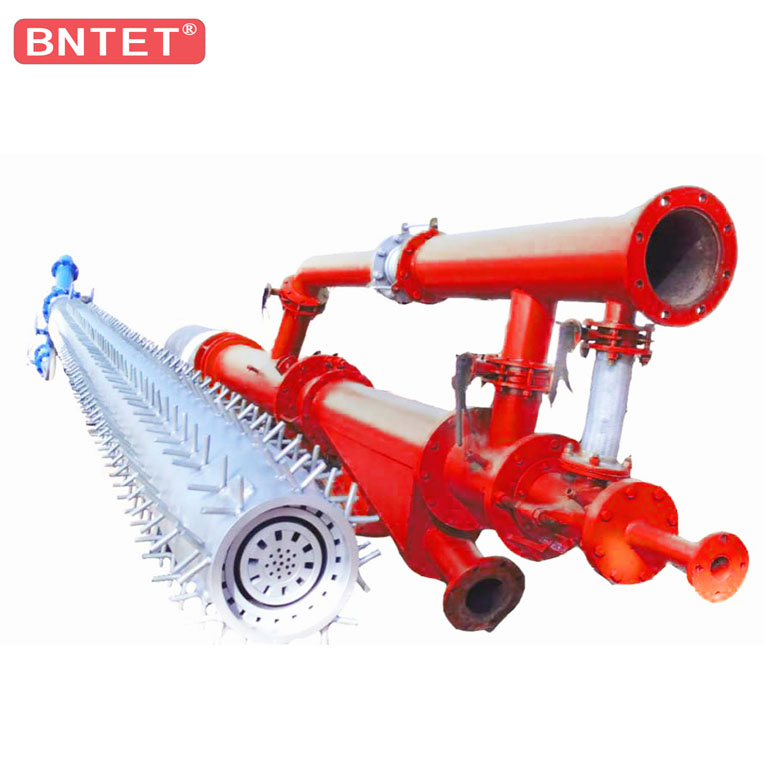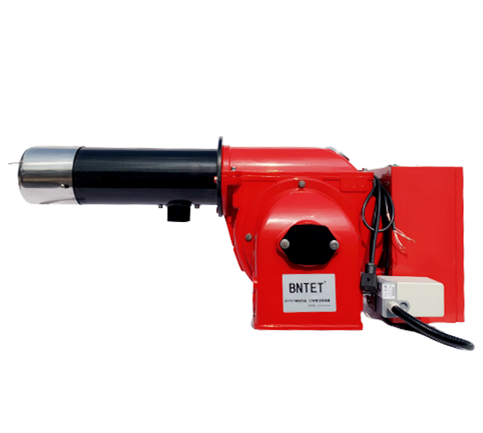
Introduction to commonly used low-NOx burners:
The burner is an important equipment of the industrial furnace. It ensures the stable ignition of fuel and the complete combustion of the fuel. Therefore, to suppress the production of NOx, it is necessary to start with the burner. According to the combustion technology to reduce NOx, low nitrogen oxide burners are roughly divided into the following categories:
1. Stage burner
The staged combustor designed according to the principle of staged combustion makes the fuel and air mixed and combusted in stages. Because the combustion deviates from the theoretical equivalent ratio, it can reduce the generation of NOx. To
2. Self-recirculating burner
One is to use the pressure head of the combustion-supporting air to suck back part of the combustion flue gas, enter the burner, and mix and burn with the air. Due to the recirculation of the flue gas, the heat capacity of the combustion flue gas is large, the combustion temperature is reduced, and the NOx is reduced.
Another type of self-recirculating burner is to recirculate part of the flue gas directly in the burner and add it to the combustion process. This kind of burner has the dual effects of suppressing nitrogen oxides and energy saving.
...
3. Concentration burner
The principle is to make a part of the fuel burned richly, and another part of the fuel burned too lightly, but the overall air volume remains the same. Since both parts are combusted under deviating stoichiometric ratio, NOx is very low. This kind of combustion is also called deviated combustion or non-stoichiometric combustion.
4. Split flame type burner
The principle is to divide a flame into several small flames. Due to the large heat dissipation area of the small flames, the flame temperature is lower, which reduces the "thermal reaction NO". In addition, the small flame shortens the residence time of oxygen, nitrogen and other gases in the flame, and has a significant inhibitory effect on "thermal reaction NO" and "fuel NO".
5. Hybrid booster burner
The residence time of the flue gas in the high temperature zone is one of the main factors that affect the amount of NOx generated. The improvement of the mixing of combustion and air can reduce the thickness of the flame surface. Under the condition of the combustion load unchanged, the flue gas will be at a high temperature on the flame surface. The staying time in the zone is shortened, thus reducing the amount of NOx generated. The mixing-promoting burner is designed according to this principle.
6. Low NOx pre-chamber burner
The pre-combustion chamber is a high-efficiency, low-NOx staged combustion technology developed and researched in my country in the past 10 years. The pre-combustion chamber is generally composed of primary air (or secondary air) and a fuel injection system. The fuel and primary air are rapidly mixed. A fuel-rich mixture is formed in the primary combustion zone of the pre-combustion chamber. Due to the lack of oxygen, only part of the fuel is burned. The fuel releases volatiles in the primary flame zone where the oxygen is lean and the flame temperature is lower, thus reducing the generation of NOx.
